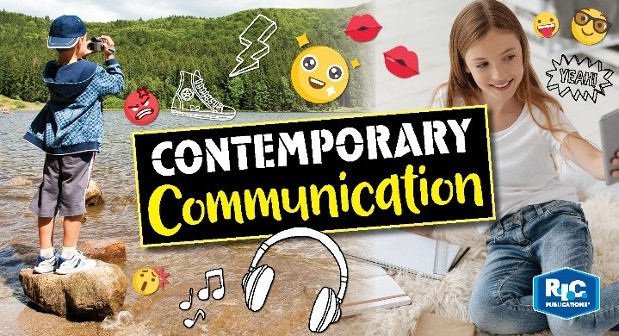- Friday 05 October 2018
- 0 Comments
It seems schools these days are struggling with issues of bullying and falling literacy rates, not to mention the increasing focus on digital technologies and critical and creative thinking in classroom learning. That’s a lot for teachers to keep up with to best meet the needs of their students.
The idea that every person and student has a story to share is a beautiful way to tackle bullying, literacy and technologies in one fell swoop. Based on the idea of the Danger of a single story (https://tinyurl.com/mh9v5hl), students can be tasked with a video project to tell a story about their most authentic self—a way to share what others may not know about them in order to develop empathy with classmates, go beyond stereotypes and enter on a journey of self discovery.
What are the benefits of doing a multimedia documentary project?
- - Students will practise their communication skills in writing and speaking, as they form their narrative and record their voices.
- - They will use creative and critical thinking skills, in order to understand how to weave an effective story through multimedia channels, which is important for future success in an increasingly digital world.
- - Students will develop resilience and persistence as they work to refine their videos and troubleshoot any issues throughout the process.
- - They will develop social and emotional skills, becoming empathetic to others who they may not have known anything about and may have pre-judged; and becoming more aware of their own identity.
- - Video is the medium of this generation of digital citizens. Let them use what they know to practise their literacy skills. It is not a replacement for literacy, just a change in platform.
Steps to execute the project
- View documentaries and discuss the filmmakers’ message, purpose, and target audience. Read poetry and short stories and discuss how authors share their inner thoughts through storytelling and interviewing.
- Write a short story about a time they felt misunderstood or hurt by others.
- Watch more documentaries and hone in on film techniques such as camera angle, lighting, settings and the role of editing. Allow time for playing around with the technologies to see what they can do and how they can be used best.
- Hone in on how documentaries develop a storyline. Focus on the weaving of a narrative such as a hero’s journey, and what problem and solution might be presented.
- Cut and connect footage, write and record narration.
- Hold a film festival to showcase the students' stories.
